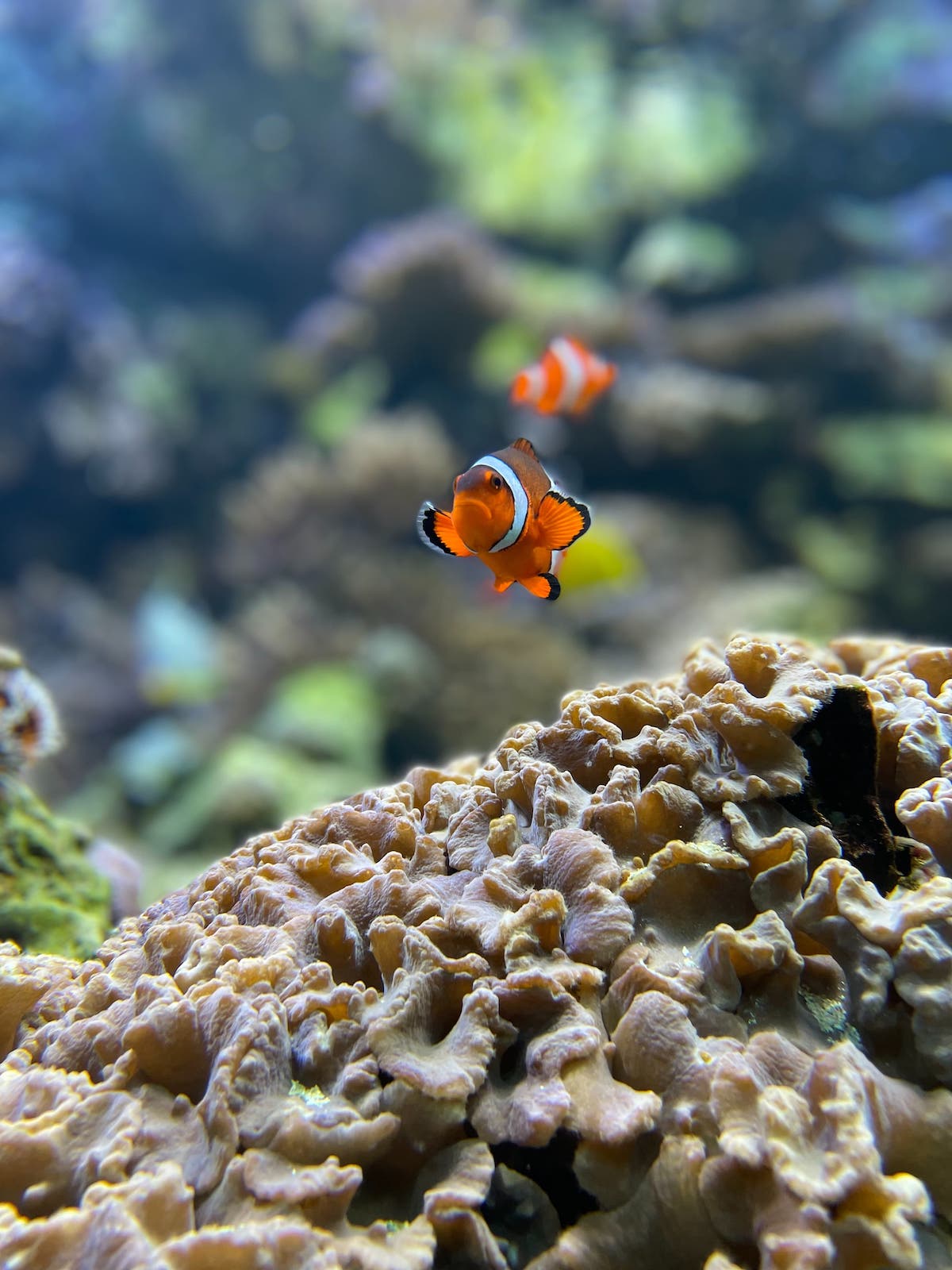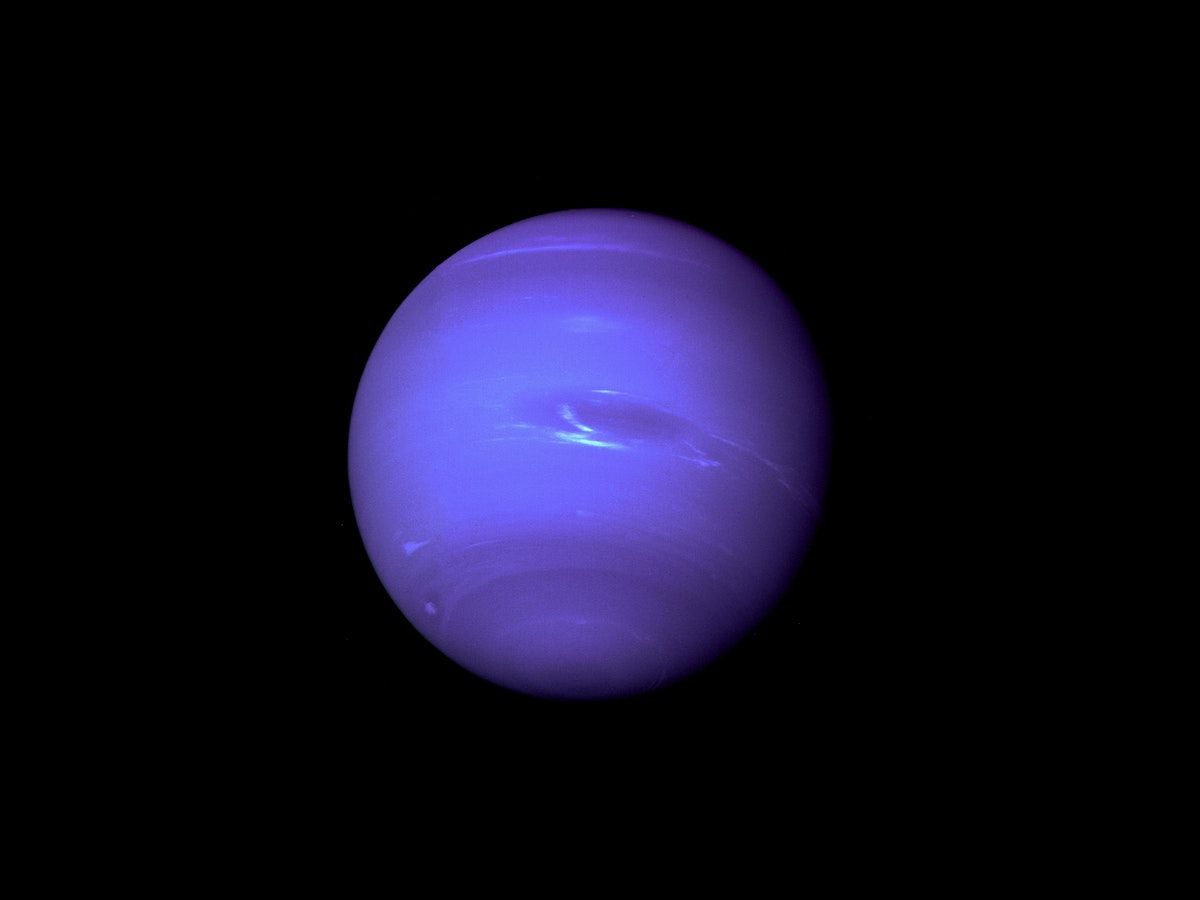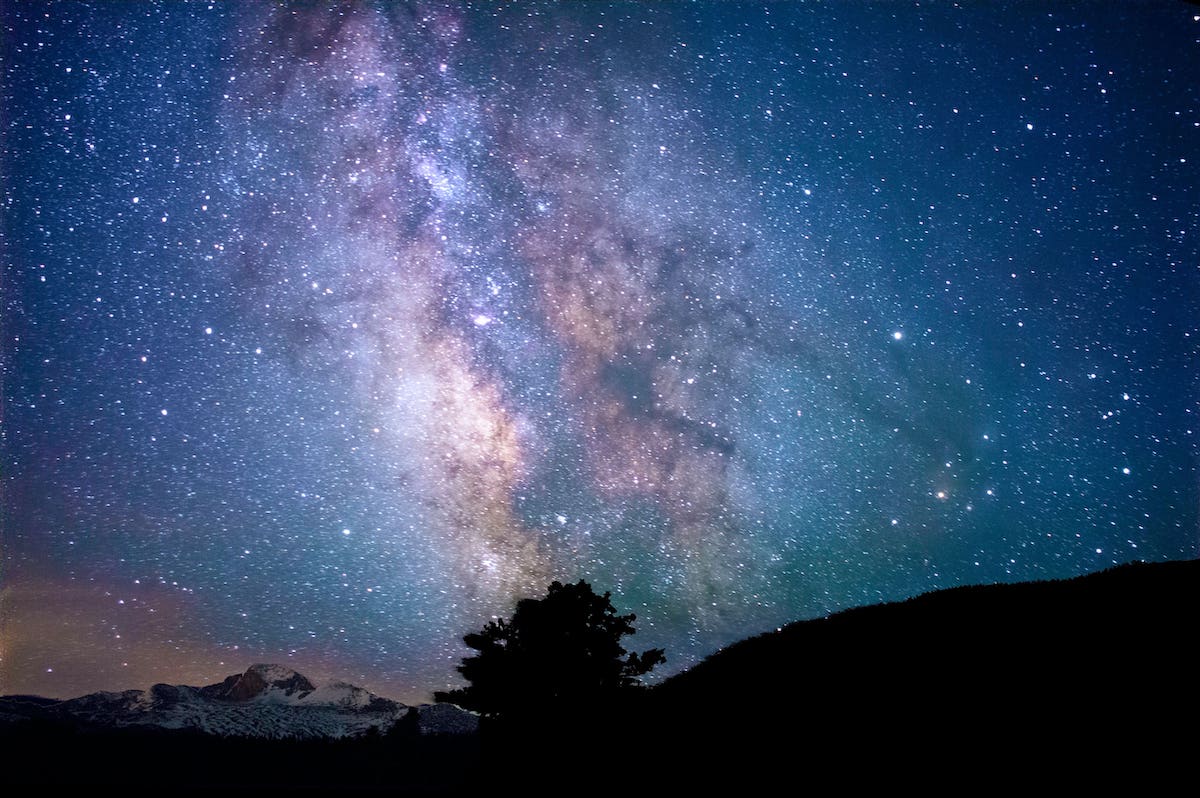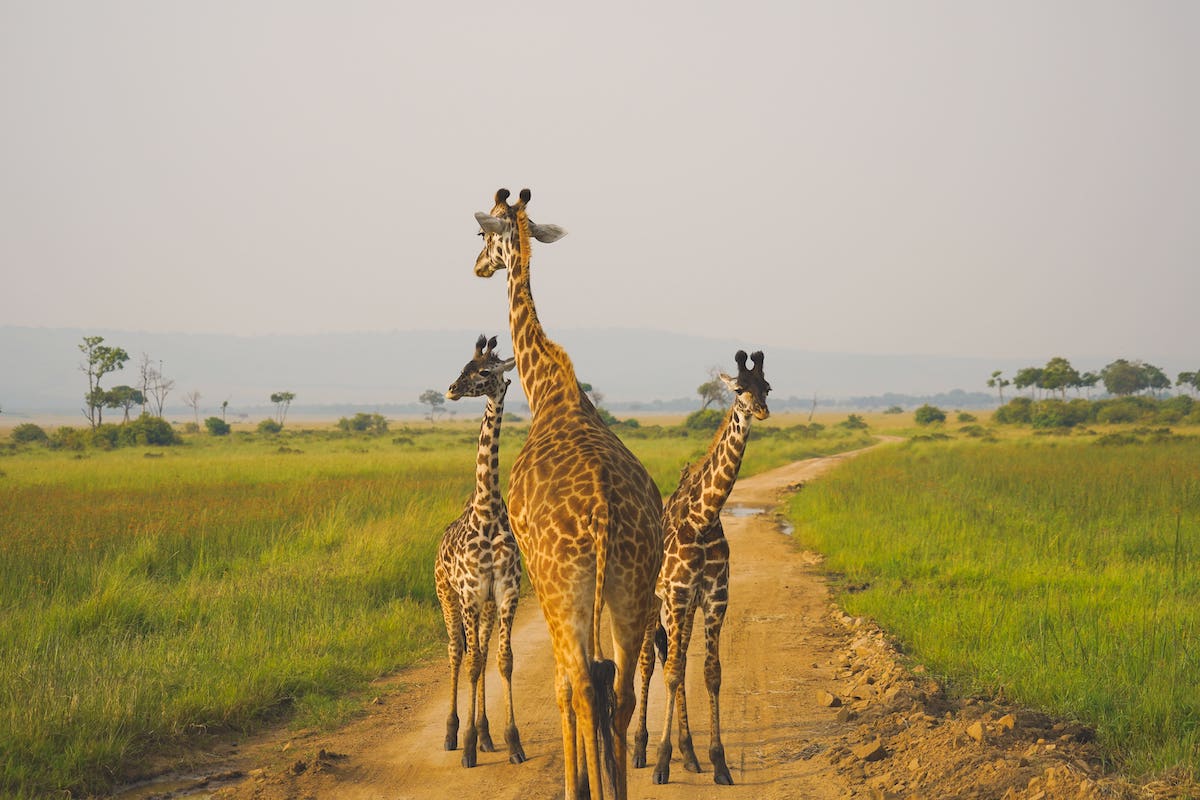What Is Expository Documentary? Key Features & 5 Pre-Production Steps
Rent film gear from local filmmakers.

Rent film gear from local filmmakers.
Documentaries can be genuinely exhilarating: real-life stories told through creative filmmaking approaches.
There are quite some types of documentaries, and one of them is an expository documentary: if you've watched Planet Earth on BBC, you know what we're talking about.
Discover what's so special about expository documentaries and five essential pre-production steps to create one in this article!
What is an expository documentary?
An expository documentary is a type of documentary filmmaking where a commentator talks over the video to explain a specific story.
They are based on information presented in an explanatory way and speak to the viewers directly, and, importantly, the viewer doesn't see the narrator throughout the documentary.
Expository documentaries are informative, instructional, educative, and persuasive.
How these documentaries are structured ensures that the viewers interpret the comments, images, and videos in a certain way.

Expository documentary key features
Includes evidentiary editing
The central argument of an expository documentary is supported by evidentiary editings like subtitles and graphic elements.
However, the editing style differs from other documentary types in that presenting facts and opinions is matter-of-fact.
Supported with narration
The narration of the third person is a crucial part of any expository documentary.
The tone and speaking style are often journalistic - the voice authoritatively explains the context and provides evidence and information.
The viewers thus get an overview of the situation and can draw their conclusions based on the offered facts.
Based on facts
Explanatory documentaries are fact-based, and these facts are mainly derived from interviews of people giving testimonies.
Although the witnesses' role is to contribute to the evidence, they don't influence the tone or perspective of the film but rather strengthen the argument.

Objective
An expository documentary will always be objective.
Despite the built argument and techniques used by the speaker to shape your perception and feelings, the tone of voice will not be propagandistic but instead very balanced and fair.
Has a final conclusion
You'll see a final conclusion drawn at the end of an explanatory documentary.
In-depth documentaries don't have a habit of leaving questions unanswered or plot lines unresolved.
5 essential Pre-Production Steps

1. Outline a story
Documentary films aren't scripted like fictional movies, but it's still a great idea to create an outline or draw storyboards to help you navigate the production process.
It helps you envision your story, see which directions it might take you, and help you build trust with your subjects.
2. Prepare voiceover lines
You will need voiceover lines to introduce your key players, connect different parts of your documentary, and add the necessary information.
To go smoothly, take time to write those lines in advance and record the voiceover to later use it on top of the B-roll or other parts of the film.
Preparing those lines helps provide the viewers with a backstory or explain something without additional interviews.
Learn how to do a voice-over here.
3. Collect archival footage
In your research, you might find relevant archival footage.
You can also ask your interview subjects for any old photos or videos they might have and be willing to let you use them.

4. Prepare for the interviews
The interviews are your core in creating an expository documentary, so approach them with wit and determination.
Ask all the questions you've prepared or have in mind - don't be afraid to ask something that might seem too obvious. You never know where the answer might lead!
Also, be willing to return to your subjects for another interview after a certain period.
For many documentary films, the production can take years, so over time, a lot can change for the people you've interviewed.
Remember that sustainable building relationships with your subjects are essential if you plan to talk to them again.
5. Plan enough B-roll
When you're shooting your documentary, you aren't 100% sure what will go in the final footage and what won't, so try to capture as much as possible.
Getting enough B-roll can help you in the later stages of the production when you can get into creative storytelling. As much as you need the interviews, you'll also need another type of footage to balance them out.

Explore the best gear for documentary filmmaking
Ready to start producing your first expository documentary?
Dive in there, but take a minute and stay with us for a little longer: there is something you will want to explore before the creation process begins.
Knowing your gear inside out makes production easier. Discover the best cameras for documentary filmmaking to choose the one for your project!
What is an expository documentary?
An expository documentary is a type of documentary filmmaking where a commentator talks over the video to explain a specific story.
What makes a good expository documentary?
A good expository documentary includes narration, evidentiary editing, is supported with facts, produces in an objective way, and is finalized with a conclusion.
What are the examples of the expository documentary?
Some examples include The Dust Bowl, The Blue Planet, March of the Penguins.























